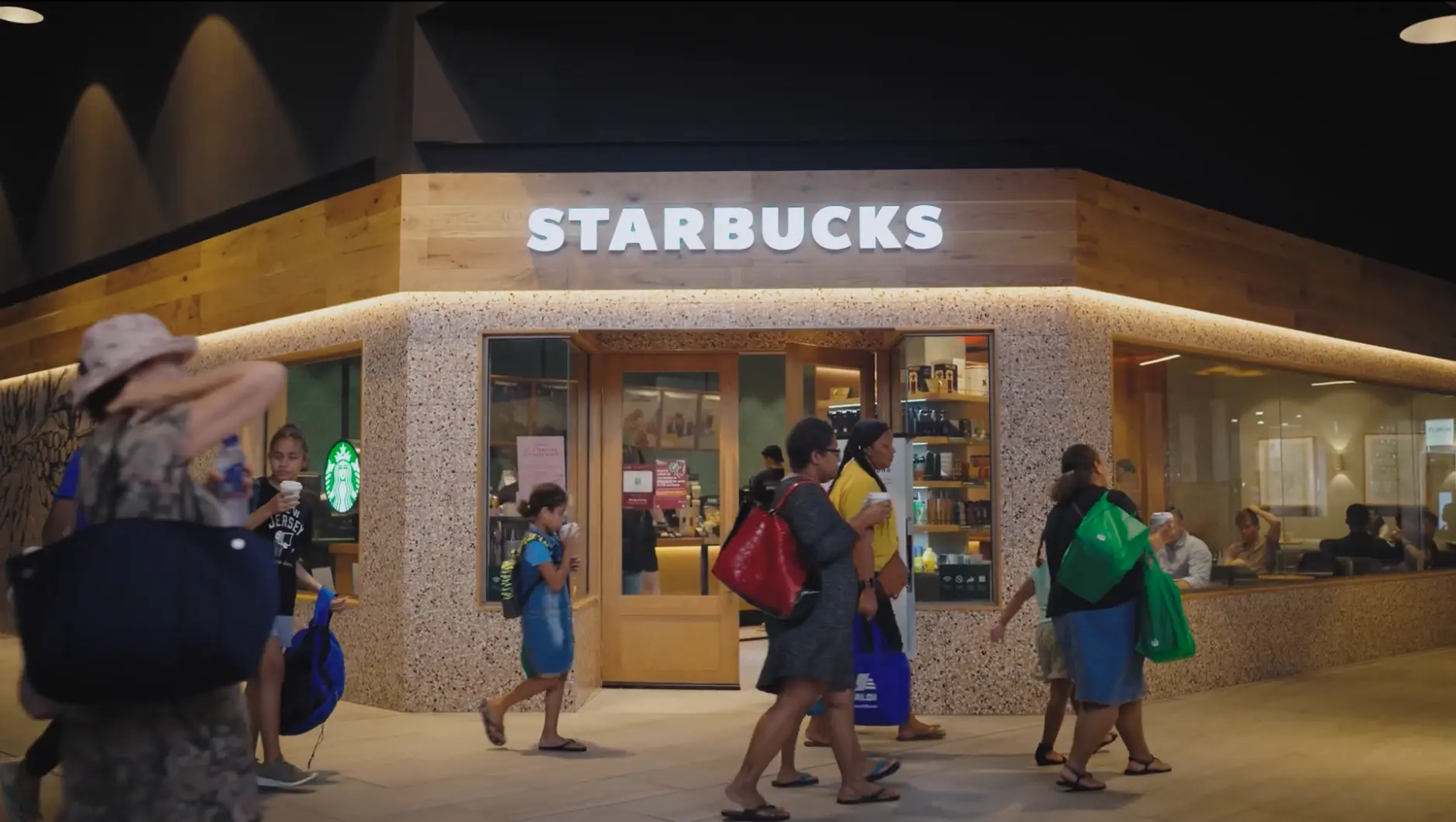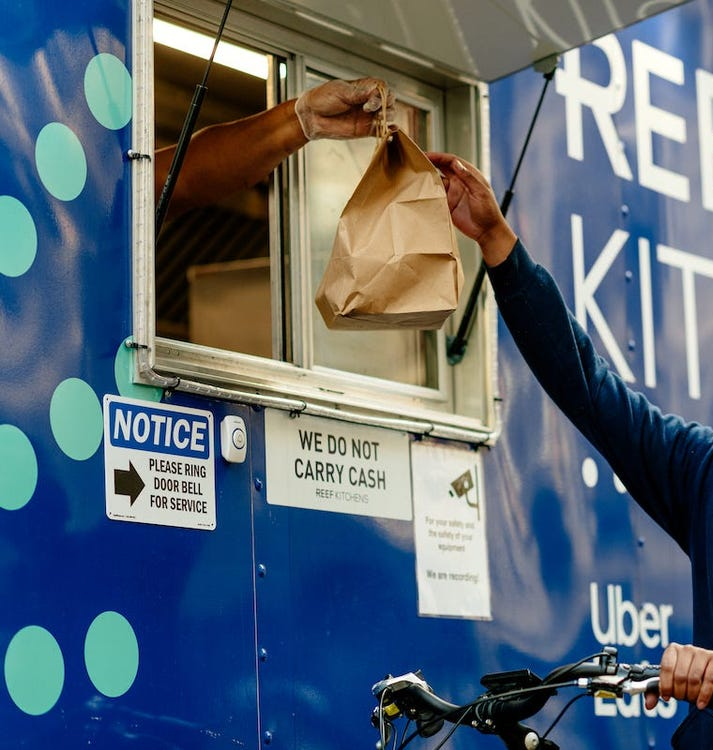Customers / Starbucks Australia
How Starbucks Australia automated its workforce management
Starbucks Australia teamed up with Workforce.com to rethink workforce management, introducing automation and 360-degree visibility into daily operations.

Products used

OVERVIEW
Since its humble beginnings on the cobblestone streets of Seattle in the 1970s, Starbucks has become the face of American coffee worldwide. The organization opened its first locations in Australia in 2000, successfully launching its efficient brand of quality coffee service all the way on the other side of the globe. Since 2000, Starbucks Australia has seen tremendous success, growing to 1,420 employees spread across 55 locations. But progress knows no rest - and few know this better than Starbucks Australia. “We’re looking to build a highly sustainable business, one that’s really successful for our customers,” says CEO Chris Garlick.
CHALLENGE
To pave the way for further growth in the Australian market, Starbucks Australia had to address several pain points within its daily operations. Needless to say, scheduling thousands of hourly staff across 55 locations comes with its challenges. “Not many things were automated when it came to our scheduling,” says Phil Dickson, Head of Operations. “We were a little bit in the past.” Demand and staff availability varied greatly between stores, making it quite difficult for corporate leadership to view reports on labor costs, attendance, and overtime. This lack of visibility created a misalignment between executive initiatives and practical workforce needs. It also severely exposed the organization to non-compliance risks in a heavily regulated Australian labor market. On the frontline, locations lacked the technology to automate basic scheduling practices. Store managers were spending too much time building schedules and replacing call-outs, while granular metrics on things like overtime hours, absenteeism, and hourly rates were not easily accessible in a single place.
SOLUTION
Starbucks Australia needed an automated workforce management system that could better handle each store’s unique customer demand, employee availability, labor compliance, and staffing level requirements. With Workforce.com, Starbucks found a driven and reliable partner. The cloud-based platform improved executive visibility into frontline operations via detailed analytics reporting and employee feedback loops. It also allowed store managers to quickly create schedules, edit shifts, and track employee time with ease. “Workforce.com has made it easier for us to keep track of all our staff members,” says Anna, a store manager. “You can just bring up someone’s profile and see their hourly rate and what they're owed - it’s all there.”
RESULTS
Starbucks Australia adopted an agile approach when it partnered with Workforce.com, implementing the software in just three weeks. Once fully implemented, Starbucks Australia quickly achieved the results it was looking for - here are only a few:
Reduced Admin Time
Embracing AI-driven auto-scheduling has freed up more time for managers to focus on what matters most. Workforce.com automatically generates shifts based on location-specific details surrounding demand, availability, and qualifications; it then populates these shifts with best-fit employees.
Fast & Reliable Integrations
Workforce.com easily syncs with Starbucks Australia’s entire software stack, resulting in seamless data transfer at every store location. Information from HR and POS flows smoothly into Workforce.com and timesheets are quickly exported directly into payroll.
Lower Labor Costs
With AI demand forecasting, Starbucks Australia is better equipped to prevent overstaffing and unnecessary overtime. Managers create labor-efficient schedules based on demand predictions up to four weeks out, ensuring the right amount of staff is always scheduled for the right amount of customers. Moreover, live insights into sales and labor costs allow managers to adjust staffing levels in real-time.
Automatic Labor Compliance
Workforce.com maps scheduling and time tracking to an extensive labor compliance library, ensuring employees work fair hours and receive accurate pay. With features like overtime flagging, missed break alerts, and scheduling based on qualifications, nothing slips through the cracks. “The laws and regulations in Australia around payroll are quite complicated,” says Garlick. “Having a tool that can help us navigate through that efficiently and effectively is really important for our business.”
Since implementation, the partnership between Starbucks Australia and Workforce.com has produced better outcomes for frontline baristas and faster value for executive management. “I’d say to other business to just take the time,” Dickson says. “Take the time to see where you can get the best impact by investing in the future and investing in technology because it will save time and will save costs.”


